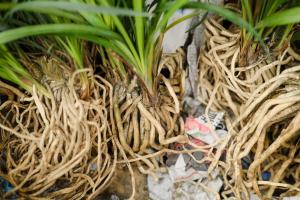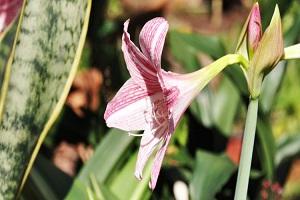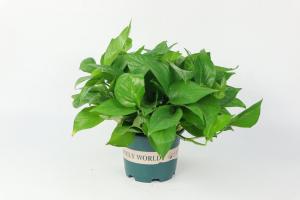How to Care for Water Lettuce Plants
Water lettuce, scientific name Pistia stratiotes, is a floating aquatic plant that is widely popular among pondkeepers and aquatic plant enthusiasts. Its attractive appearance and versatile nature make it an excellent addition to any water garden or aquarium. However, like every other plant, water lettuce requires proper care and attention to thrive. In this article, we'll discuss how to care for water lettuce plants, so you can enjoy their beauty for years to come.
1. Light and Temperature
Water lettuce requires plenty of bright, indirect light to grow well. Direct sunlight can damage the leaves and cause them to wilt, so it's best to place the plant in a partially shaded area. The ideal temperature range for water lettuce is 70°F to 80°F (21°C to 27°C). Keep in mind that extreme temperatures (above 85°F or below 50°F) can harm or kill the plant.
2. Water Quality and PH
The quality of the water in which water lettuce grows is crucial to its health. The pH should be between 6.5 and 7.5, and the water should be free of pollutants and toxins. If the quality is poor, the plant can develop stunted growth, yellowing leaves, and even die. To maintain optimum water quality, conduct regular water changes, and use a reliable water testing kit to monitor the pH and other parameters.
3. Fertilizing and Nutrient Requirements
Water lettuce plants have moderate nutrient requirements and need regular fertilization to remain healthy. However, the excess of nutrients can cause the plant to grow too fast and choke up the pond, leading to oxygen depletion and fish death. The recommended fertilization rate is one tablespoon of slow-release fertilizer pellet per square foot of plant coverage every six to eight weeks.
4. Propagation and Maintenance
Water lettuce reproduces rapidly and can quickly overtake a water garden or aquarium if not controlled. To prevent overgrowth, remove the excess plant matter regularly, and dispose of it in a compost bin or trash can. Propagation is easy and can be done by dividing mature plants into smaller portions and replanting them. Take care not to damage the roots when separating the plant to avoid unwanted stress.
5. Pest and Disease Control
Water lettuce plants are relatively pest and disease resistant, but they can still be affected by various problems like rot, fungal infections, and insect infestation. To avoid issues, ensure proper water quality and monitor the plant's growth regularly. If you notice any signs of disease or pests, treat the plant immediately with suitable pesticides or fungicides.
Conclusion
Water lettuce plants are fantastic additions to any water garden or aquarium, but they require proper care and attention to remain healthy and thriving. By following the tips mentioned above, you can ensure your water lettuce plants remain beautiful and healthy for years to come.

 how many times do yo...
how many times do yo... how many planted tre...
how many planted tre... how many pine trees ...
how many pine trees ... how many pecan trees...
how many pecan trees... how many plants comp...
how many plants comp... how many plants can ...
how many plants can ... how many plants and ...
how many plants and ... how many pepper plan...
how many pepper plan...






























